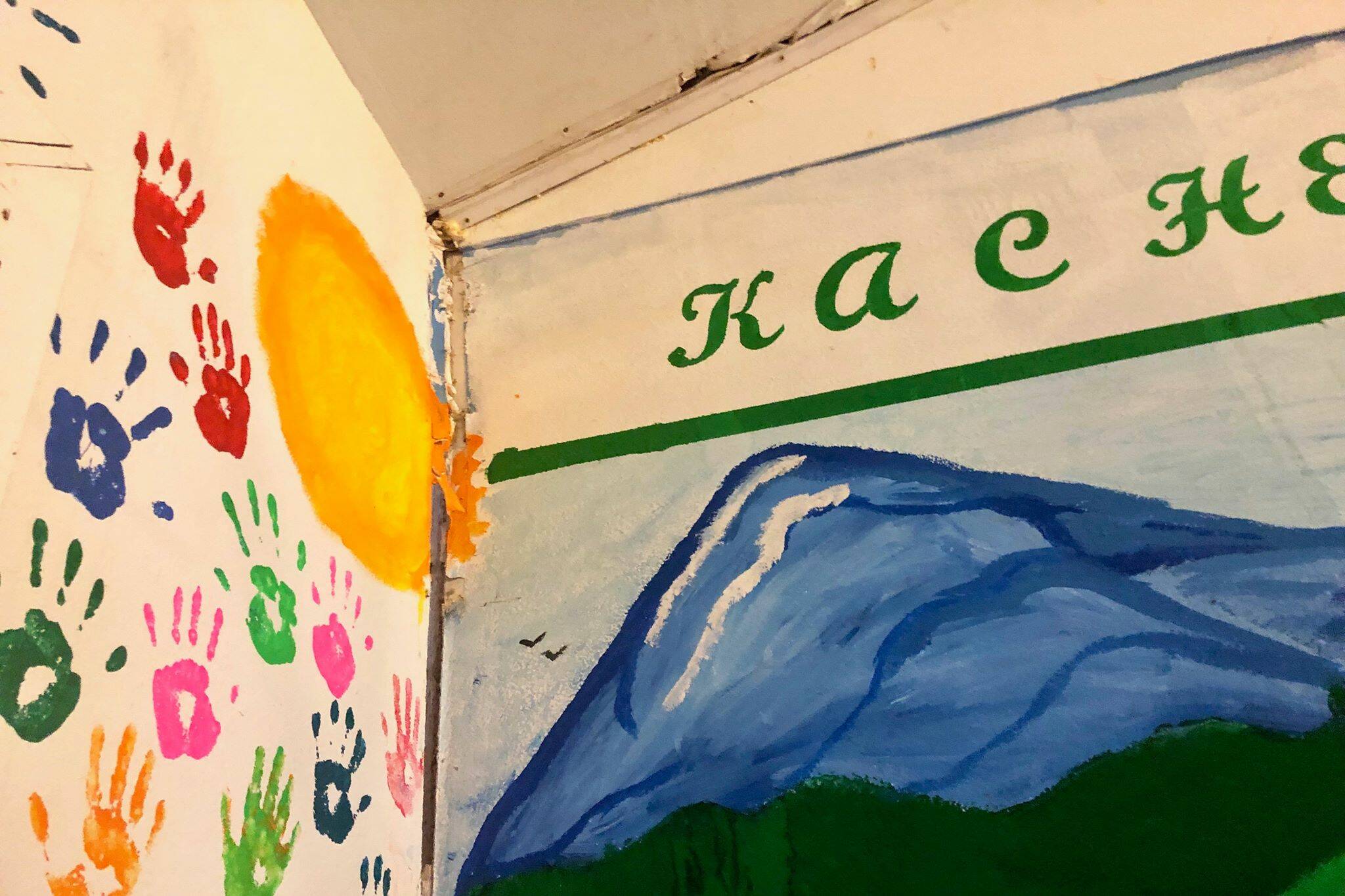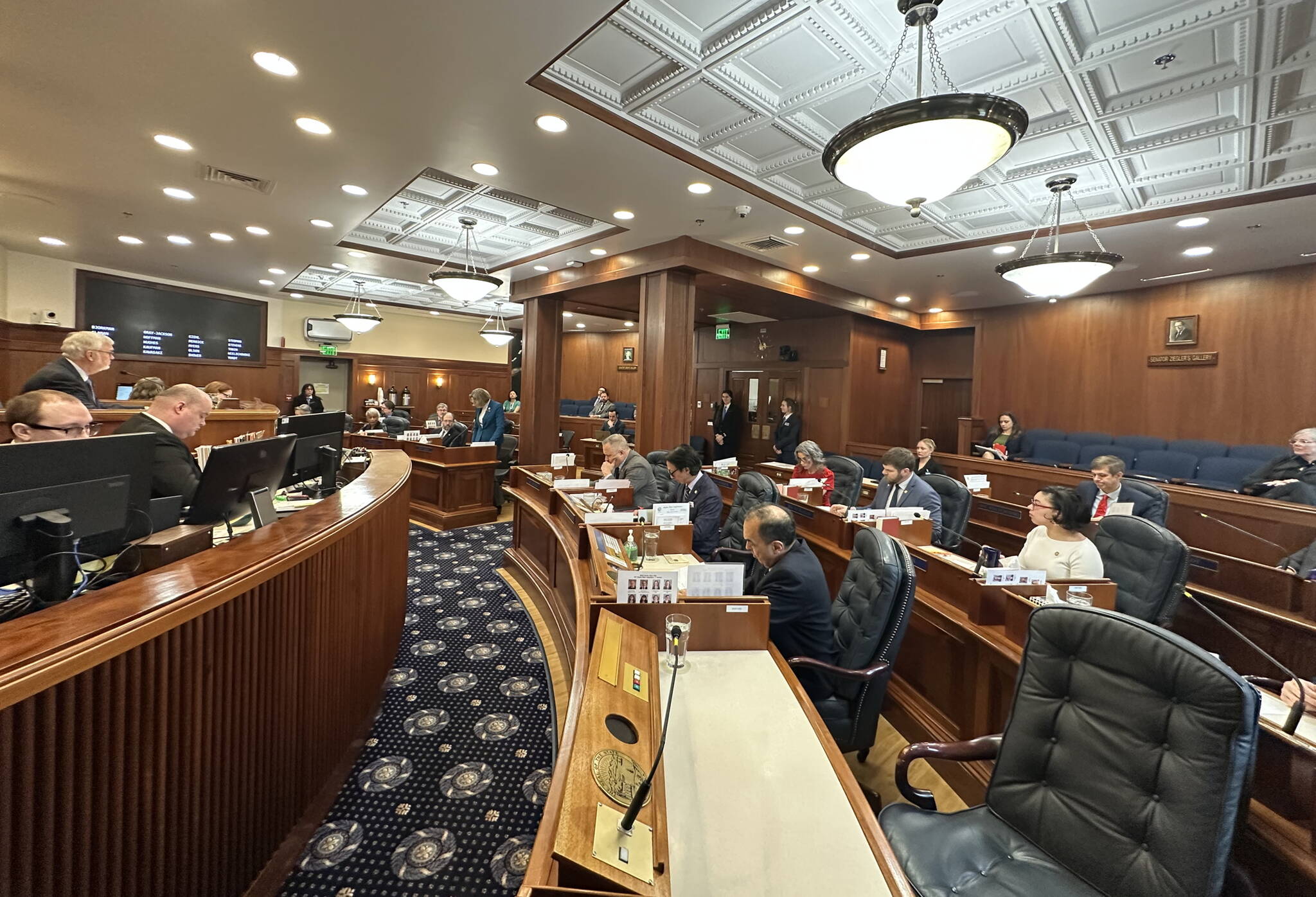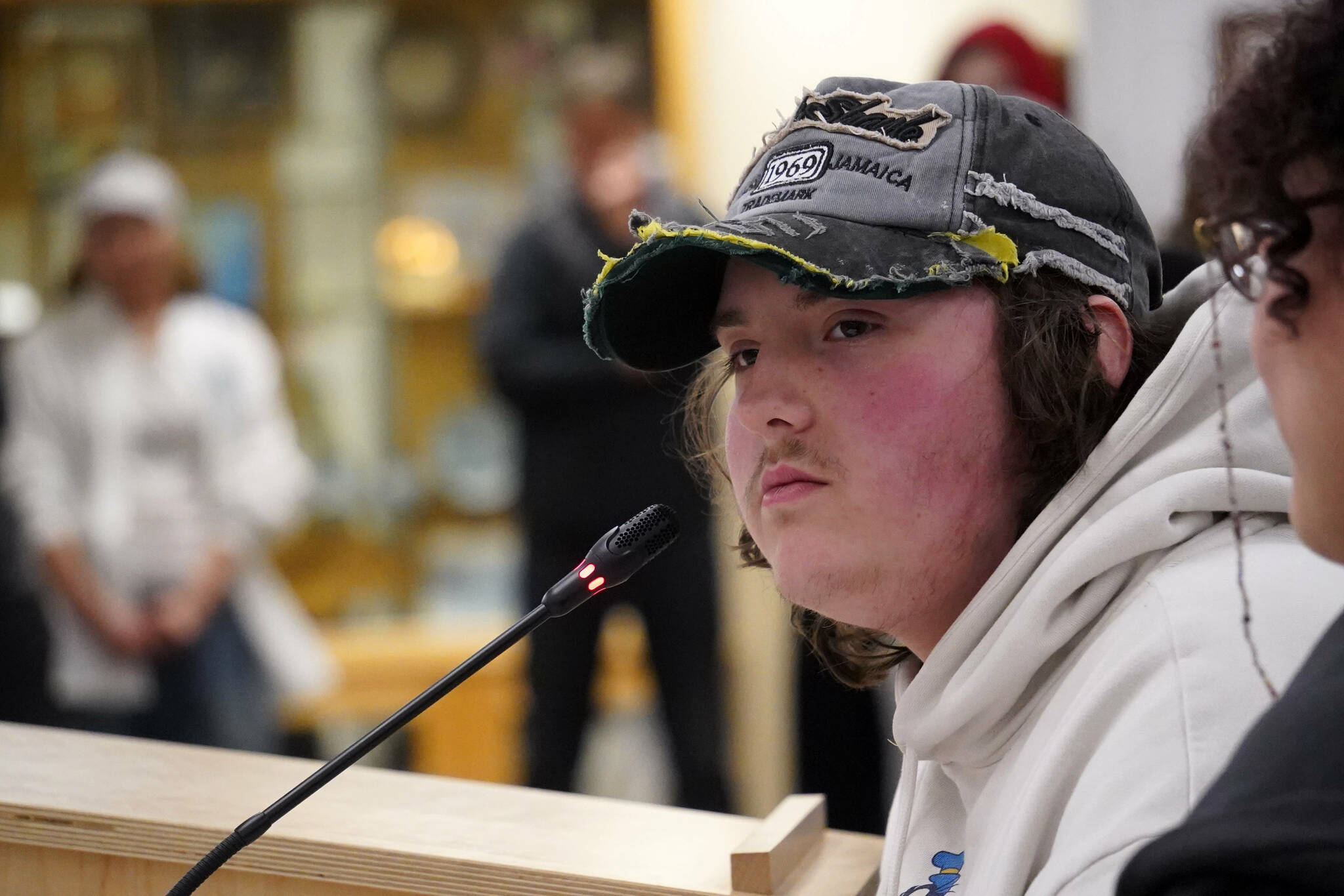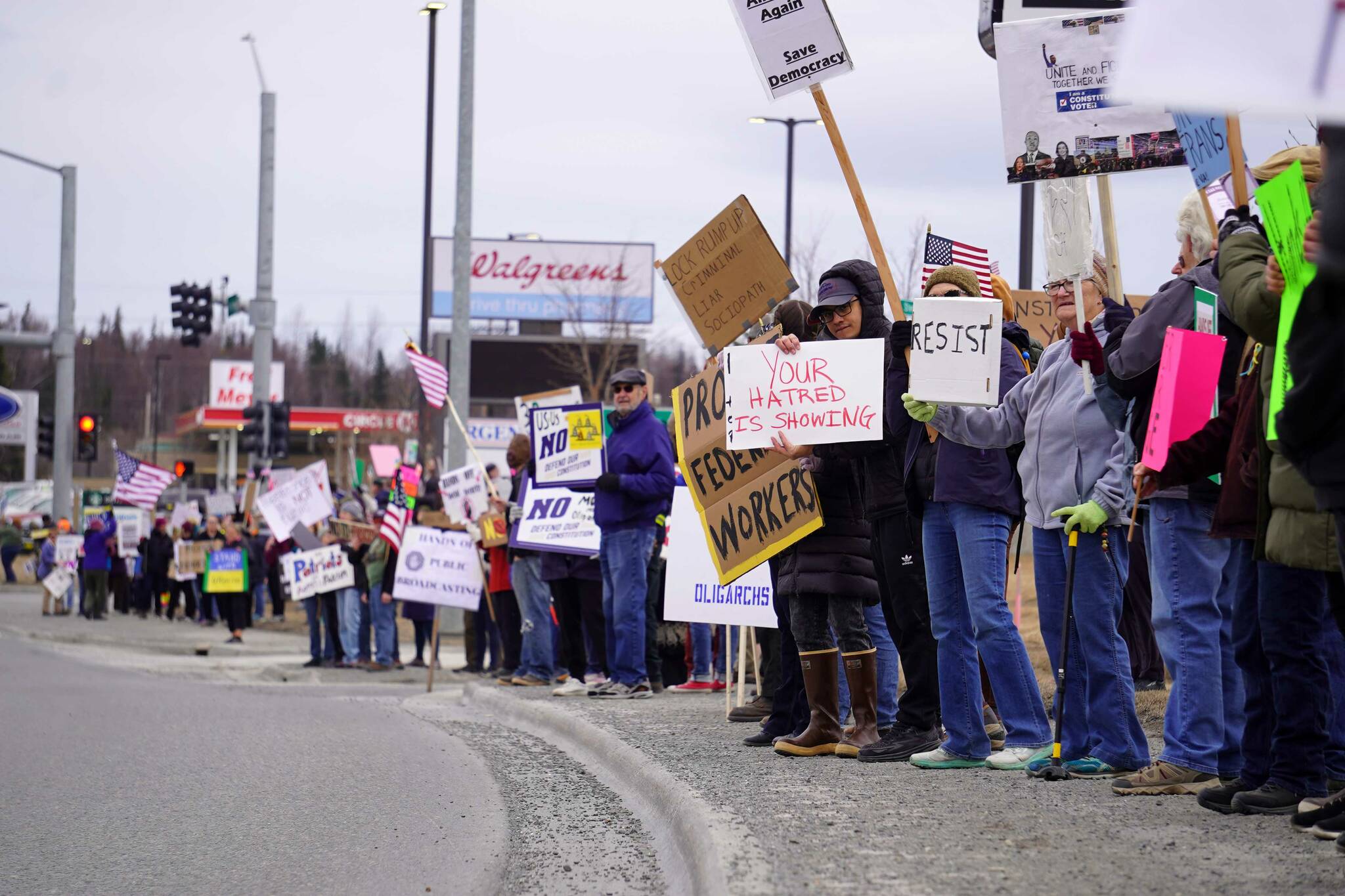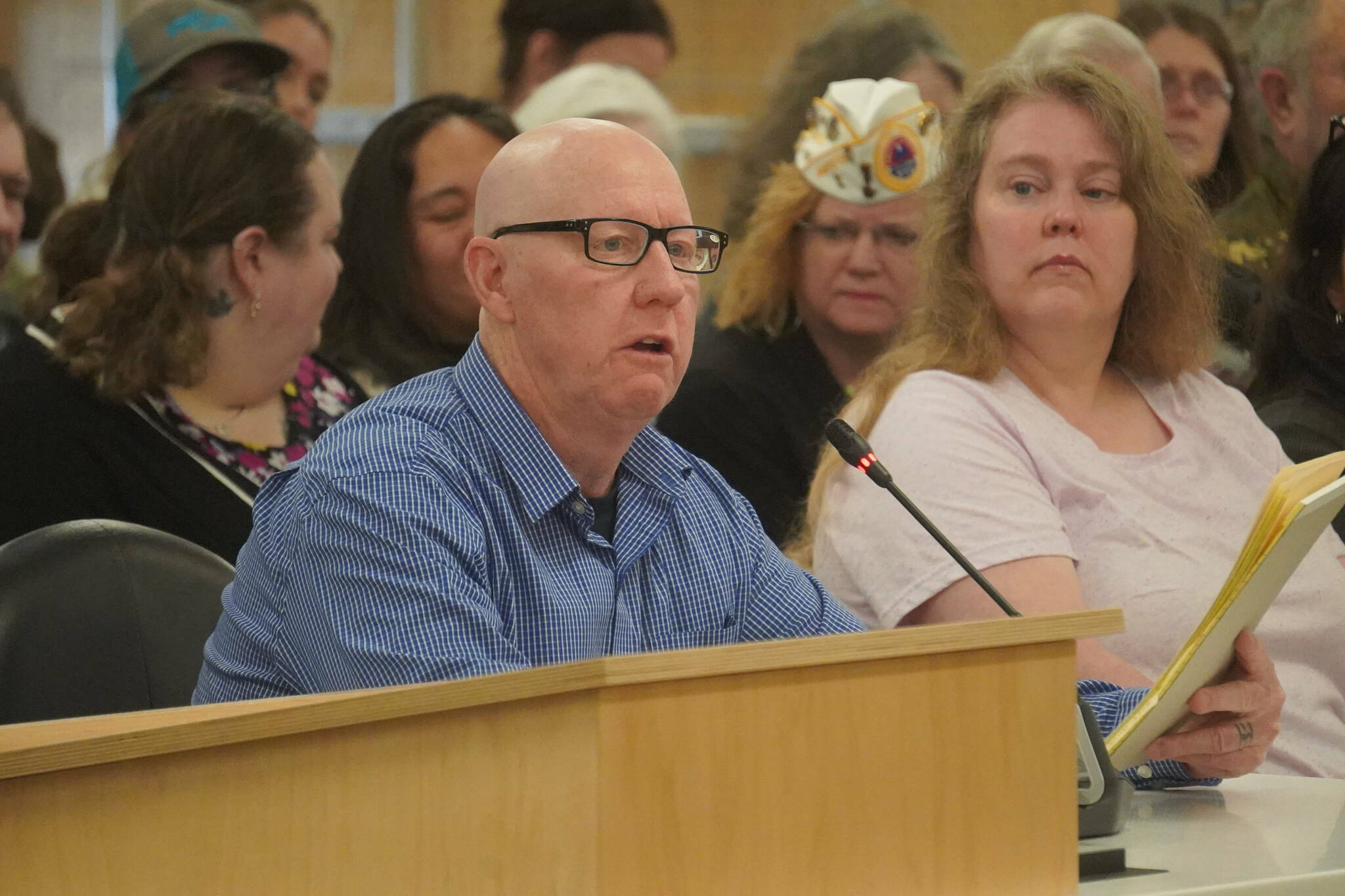The amount of money needed to pay for maintenance projects in the Kenai Peninsula Borough School District is more than three times what it cost to run the district last school year. Excluding the amount of money the district spent on salaries and benefits for staff, it was about 12 times more. The cost of inaction is not insignificant.
A multimillion dollar problem
About $420 million worth of maintenance is needed at Kenai Peninsula Borough School District buildings, but Director of Planning and Operations Kevin Lyon will settle for focusing people’s attention on the roughly $166 million worth of “critical” needs.
To put that in perspective, the school district’s entire operating budget for fiscal year 2022 was about $134 million, more than $100 million of which went to paying teacher salaries and benefits.
It’s the projects reflected in that $166 million figure, Lyon said Monday, that he loses sleep over, that causes his phone to ring at all hours of the night and that ultimately forces him to write a much bigger check to get the problem fixed.
A helpful way of quantifying the scale of a maintenance problem at a building is by looking at that building’s facility cost index, or FCI. A building’s FCI is calculated by dividing the estimated cost to complete deferred maintenance by the estimated replacement value of the building.
The State of Alaska considers a “good” range to be less than .05, a “fair” range to be between .05 and .1, a “poor” range to be between .1 and .3 and a “critical” range to be greater than .3. KPBSD’s current FCI for all facilities is .59.
Lyon laid out the FCI for 34 district facilities in a color-coded spreadsheet presented to the KPBSD Board of Education during its Oct. 4 meeting. On the spreadsheet, green represents facilities in the “good” range, yellow represents those in the “fair” range, orange represents those in the “poor” range and red represents those in the “critical range.”
Facilities at all but two schools are colored red for “critical,” which Lyon told the board is a result of the district not keeping up with annual maintenance requirements.
“This problem started by us kicking the can down the road by not spending enough annually on our facilities,” Lyon said.
He said Monday that where the district should be putting between $6 million and $7 million into building maintenance annually, it’s been putting in about $1 million. The scope of that discrepancy gets bigger every year as the problems become worse and the cost of fixing them goes up.
Looking ahead, he said it is no longer even his goal to get facilities to the “good” range.
“I don’t think we can spend the taxpayer’s dollars to keep them perfectly green, but I think we can get them to the yellow,” Lyon said. “When we start getting the orange and red, that’s not taking care of things the way we should.”
The red cells in Lyon’s spreadsheet show up in school buildings as empty trash cans used to collect water leaking from the ceiling, a sagging roof that can’t support snow and students at the same time and cracks that span the height of the building. As the district begins to put attention toward the issue, Lyon said they need to take a “do no more harm” approach.
“That picture tells us where the hole we’ve dug ourselves into over the years (is),” Lyon said. “We need to do no more harm, move forward and start digging ourselves out of that hole.”
Baby steps
But where do you start on $166 million worth of decades of deferred maintenance?
Lyon said he always starts with the maintenance he knows will be recurring. Five years from now, he said he’d like to see the district no longer moving backwards in terms of accruing more debt and to start chipping away at the hole.
This isn’t the first time he’s been faced with a similar dilemma. While working for the City of Kenai, he worked to replace city lighting with LED bulbs that saved the city money in the long-run. That money was put toward implementing similar changes in other areas. He thinks that strategy — investing in efficiencies and using the resulting profit to put back into maintenance — could be helpful as the school district starts to tackle its list of projects.
This year, Lyon thinks the school district is starting in a better place than in previous years because the Kenai Peninsula Borough and KPBSD are at least in agreement that the district’s deferred maintenance is a pressing problem.
“To solve the problem, you need to acknowledge you have a problem,” he said.
New to the process this year is a tour of every district school to make sure the list of maintenance projects Lyon has is as accurate as possible. Of the six school sites visited already, all match Lyon’s previous assessment of maintenance needs.
Contributing to the unique challenges of maintaining all of KPBSD’s buildings is how spread out those buildings are. For KPBSD’s approximate 8,200 students, there are 42 schools. Enrollment in those schools ranges from seven students at Marathon School in Kenai to about 675 students at Soldotna High School, according to a one-day September enrollment count.
The differences between district schools means KPBSD’s maintenance strategy must be flexible. Nikiski North Star Elementary and Mountain View Elementary School, for example, are roughly the same size in terms of square footage and student population. Because of how Nikiski North Star is insulated, however, they spend about five times as much on utilities.
Forty-two schools may seem like a lot for 8,200 students, but Lyon said in most cases it isn’t possible to combine schools as a way of reducing the amount of facilities the district has to maintain. Alaska state statute also requires incorporated cities to have their own schools, meaning Kenai Central High School and Soldotna High School couldn’t combine despite being less than 10 miles from each other. There are also geographic obstacles that would make it difficult and sometimes dangerous to shuttle kids elsewhere, such as at the head of the bay.
Schools that could be combined, Lyon said, include Nikiski and Kenai, since Nikiski is not an incorporated community. Combining the schools would reduce the financial burden as far as maintenance is concerned, but then the question arises of how far students should be forced to commute in order to get to school.
In Cooper Landing, Lyon said, facilities support about 13 students. It’s not realistic for those students to commute to a neighboring community so the district doesn’t pay maintenance at that school.
That puts the district back at the beginning of trying to catch up with and stay on top of maintenance at 42 schools.
Finding the funds
But where is the money to fix $420 million worth of deferred school maintenance going to come from?
Like other agencies in Alaska, the state’s financial troubles mean state grants aren’t very likely. For one, the state doesn’t have as much money as it used to for grant programs, meaning the process for getting that grant money is more competitive than ever.
Lyon said KPBSD is not as competitive as other school districts in the state. For example, in Anchorage, Lyon said, voters have supported bonds in the amount of hundreds of millions of dollars, with that money going directly to fund emergency school maintenance.
When the state comes into money, Lyon said those projects are more likely to be reimbursed because their emergency need was demonstrated by the speed with which Anchorage worked to address them. From the state’s perspective, KPBSD’s projects aren’t that dire if there isn’t local money being put into them.
During his presentation before the board of education, Lyon was asked whether money from the district’s budget could be used to address maintenance. More than $100 million of the school district’s roughly $134 million budget went to paying salaries and benefits for district staff during fiscal year 2021, which began on July 1, 2020 and ended on June 30, 2021.
To pull from the other chunk of the district’s budget would be to take from the money that goes to educating students, Lyon said. When it comes to educating students and taking care of district facilities, Lyon said the district needs to do both.
That leaves an option popular throughout the state for funding school maintenance that KPBSD has tried before: bonding.
A bond that’s “just right”
A previous effort to put out to bond one of the district’s biggest projects — the construction of a new school in the remote community of Kachemak Selo — was defeated by peninsula voters. To sweeten the pot the next year, the district added to the bond. The package introduced in 2020 —then again in 2021 after being delayed by the COVID-19 pandemic — lists 19 projects that would impact 38 of the district’s 42 schools, including Kachemak Selo.
This year, that bond package was put off again.
This time around, Lyon said the district needs to create a bond package that is “just right” to ensure that people vote for it. He expects it would be more expensive now because of maintenance delayed after the previous bond failed. The longer it takes to get the projects done, the more expensive they become.
Ultimately, Lyon said how the school district maintains its buildings sends an important message to the students that spend a lot of time in them.
“If you tell (students) you care about them and you don’t take care of (their facilities), what does that really tell them?” Lyon said. “They can see our actions pretty well.”
Reach reporter Ashlyn O’Hara at ashlyn.ohara@peninsulaclarion.com.
